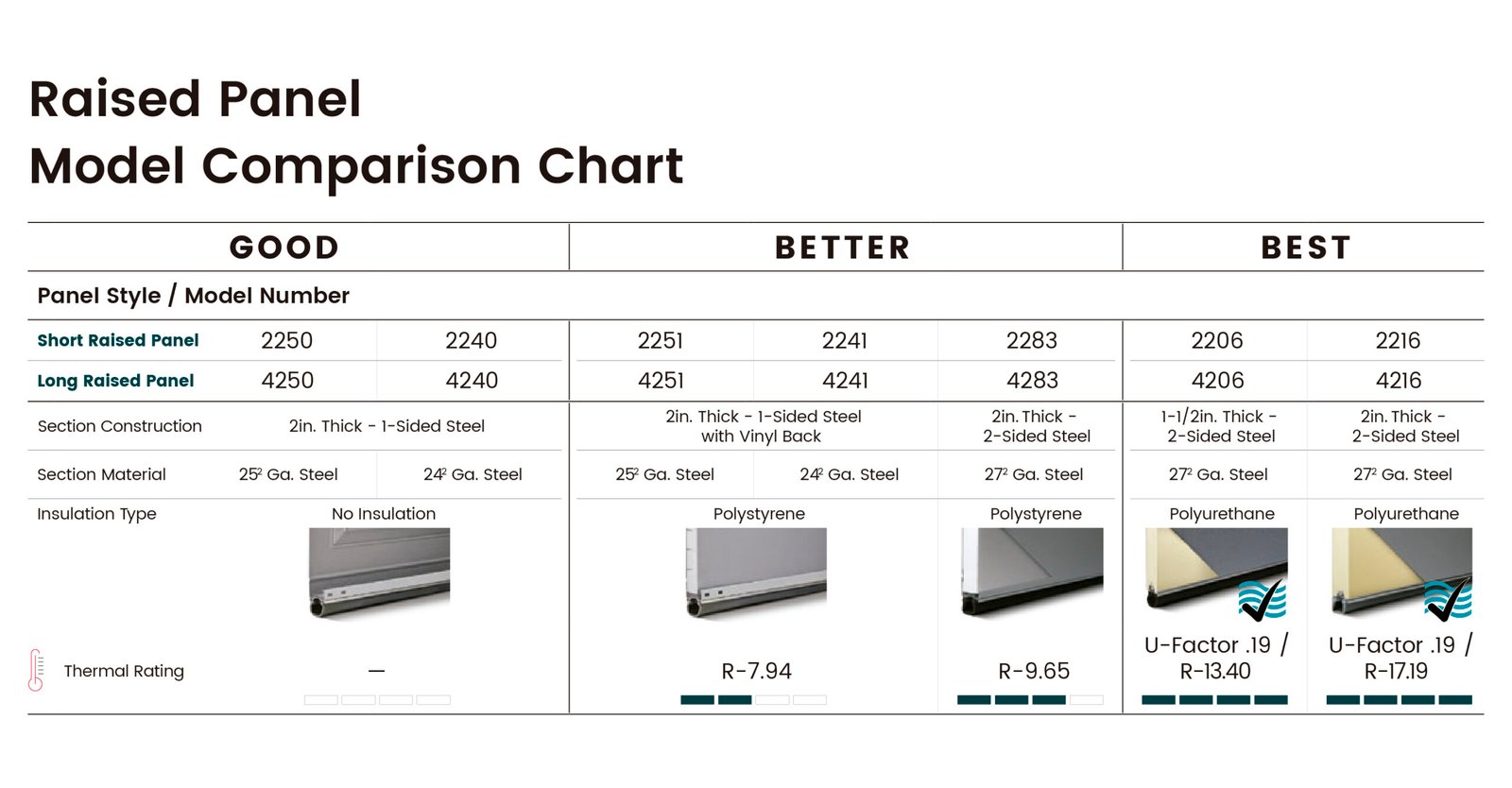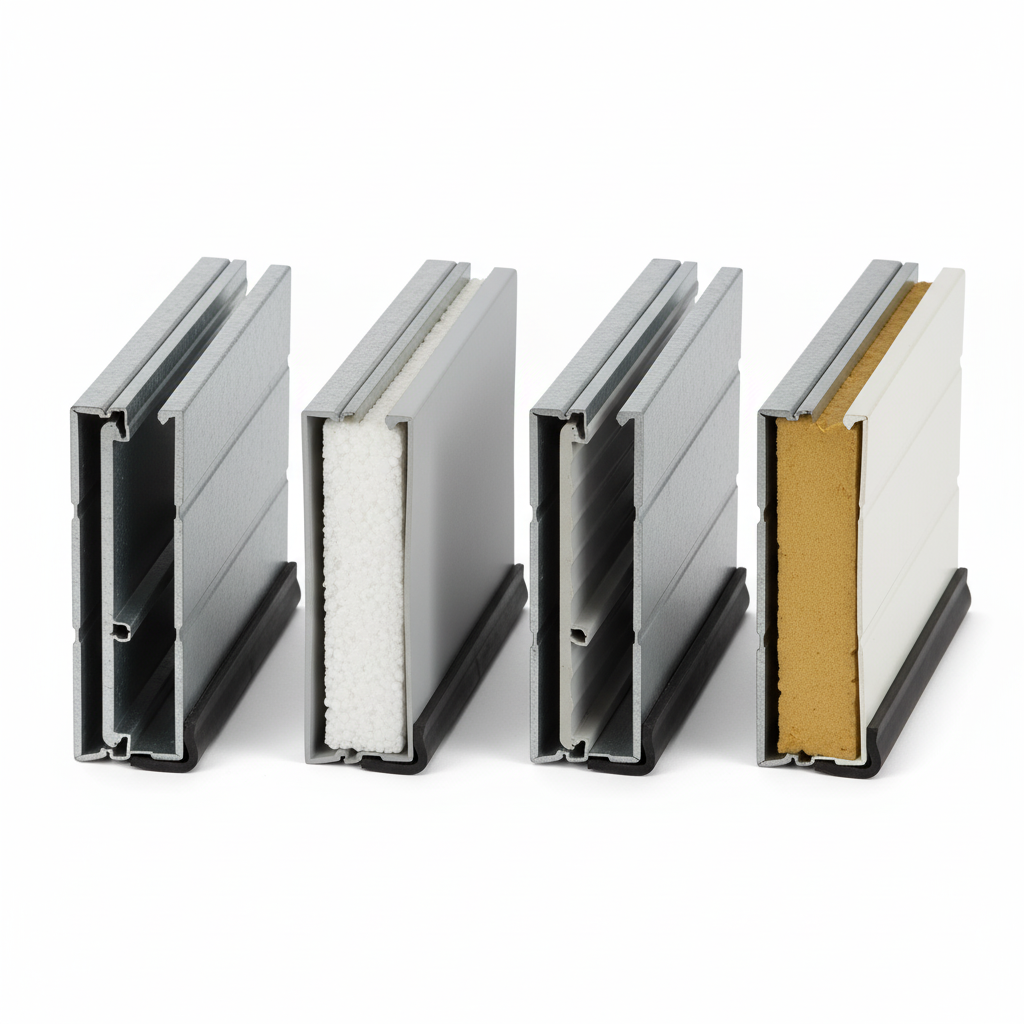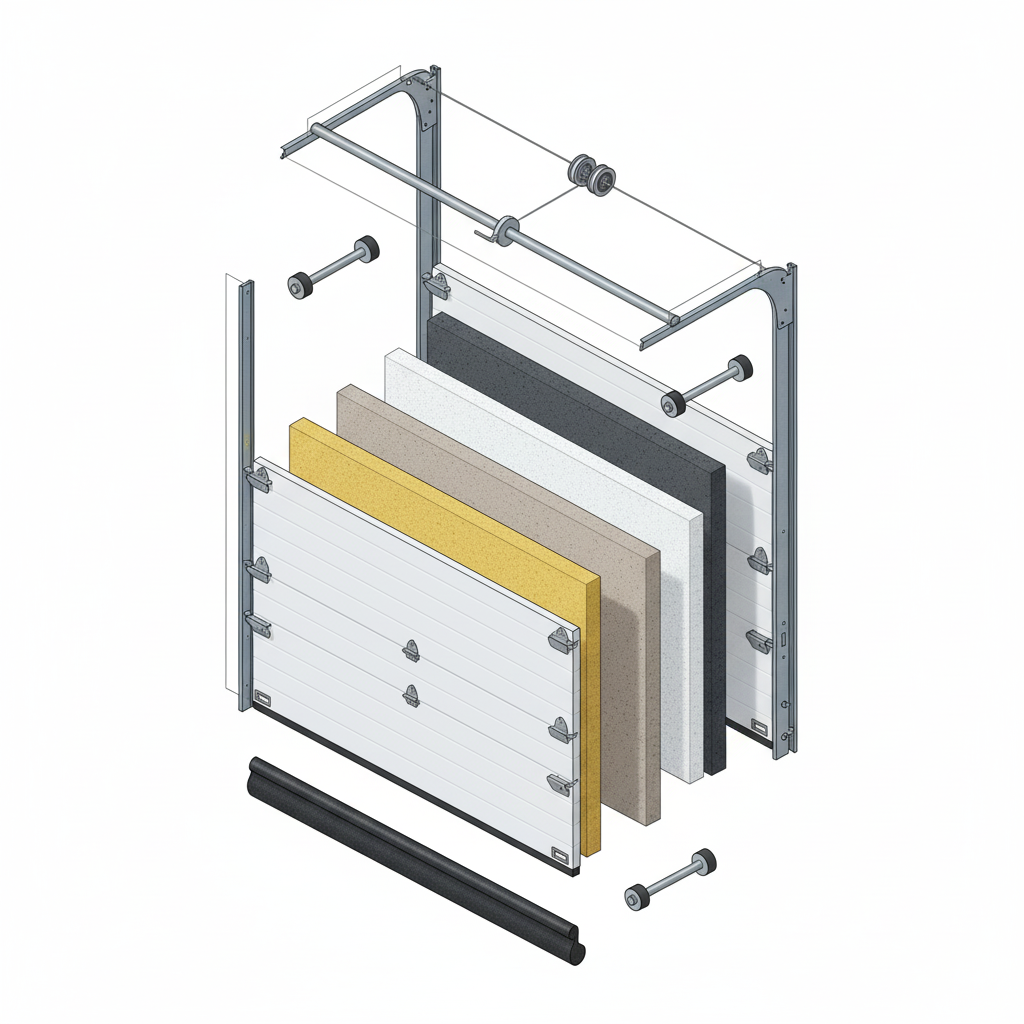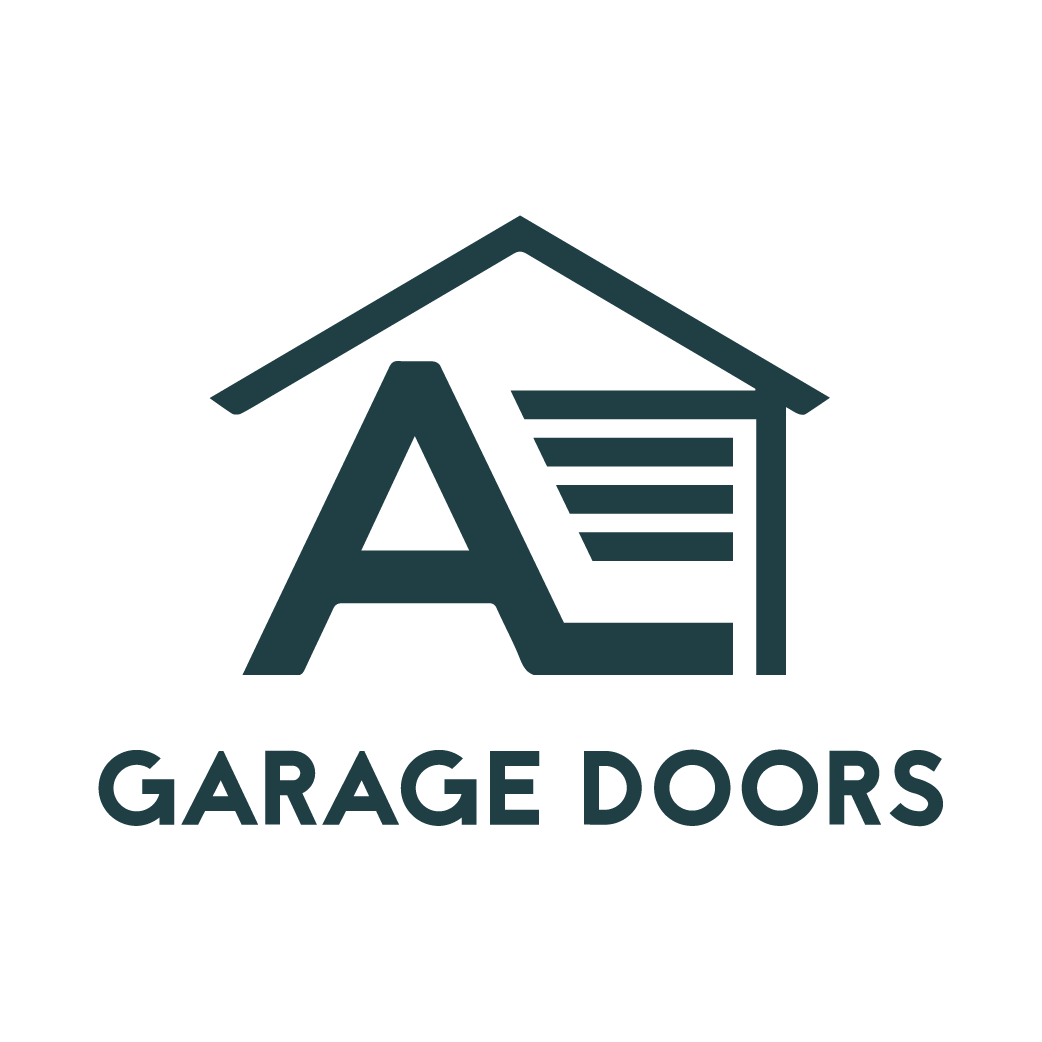Stop Wasting Money: The Ultimate Guide to Insulated Garage Door in Chicago
The True Cost of Cheap Doors: Why Investing in Insulation Pays Off in Chicago, IL.
The Best Choice: Polyurethane Injected vs. Polystyrene vs. Hollow Garage Doors in Chicago, IL
Choosing the right garage door isn't just about style—it's about performance, energy efficiency, durability, and noise reduction. If you're replacing an old door or building new in Chicago, Naperville, Schaumburg, or surrounding suburbs, understanding the difference between hollow (non-insulated), insulated, and full injected insulation garage doors can save you money and improve your home's comfort year-round.
In this guide, we'll break down the construction, R-values, costs, and real-world benefits of each type so you can make the best choice for your Chicagoland home.

Understanding Garage Door Construction Types
1) Hollow (Non-Insulated) Garage Doors
Hollow garage doors are made from a single layer of steel or aluminum with no insulation between panels. They're the most basic and budget-friendly option, commonly found in detached garages or storage buildings where temperature control isn't a priority.
Key characteristics:
- Single-layer steel (typically 24–26 gauge)
- No insulation material inside
- Lightweight and affordable
- No R-value (zero thermal resistance)
- Loud operation—metal-on-metal contact amplifies noise
2) Insulated Garage Doors (Polystyrene Core)
Insulated garage doors feature two layers of steel with a layer of polystyrene foam insulation sandwiched between them. This foam is cut to fit inside the door panels, providing basic thermal protection and structural reinforcement.
Key characteristics:
- Two steel skins (outer and inner layer)
- Polystyrene foam inserts (pre-cut rigid panels)
- R-value typically between R-6 to R-10
- Better energy efficiency than hollow doors
- Quieter operation and added durability
- Mid-range price point
3) Full Injected Insulation Garage Doors (Polyurethane)
Full injected insulation doors represent the highest quality construction. Instead of pre-cut foam panels, polyurethane foam is injected directly into the door cavity, expanding to fill every gap and bonding completely to both steel layers.

Key characteristics:
- Two steel skins with complete foam bond
- Polyurethane foam (superior thermal performance)
- R-value typically between R-12 to R-18.4
- Maximum energy efficiency and temperature control
- Quietest operation—foam dampens vibration and sound
- Strongest construction—foam acts as structural reinforcement
- Premium price point
Side-by-Side Comparison
| Feature | Hollow | Polystyrene Insulated | Polyurethane Injected |
|---|---|---|---|
| R-Value | 0 (none) | R-6 to R-10 | R-12 to R-18.4 |
| Energy Efficiency | Poor | Good | Excellent |
| Noise Level | Loud | Moderate | Very Quiet |
| Durability | Basic | Good | Excellent |
| Weight | Lightweight | Medium | Heavier |
| Price Range | $ | $$ | $$$ |
| Best Use | Detached garages | Attached garages | Climate control priority |
The Right R-Value for Chicago, IL's Extreme Climate
R-value measures thermal resistance—the higher the number, the better the insulation. For garage doors, this translates directly to energy savings and temperature stability.
- R-0 (Hollow): No insulation. Garage temperature matches outdoor conditions.
- R-6 to R-10 (Polystyrene): Moderate insulation. Reduces heat loss by 40–60% compared to hollow doors.
- R-12 to R-18.4 (Polyurethane): Maximum insulation. Can reduce energy costs by 10–20% in attached garages with shared walls.
In Chicago's climate, where temperatures swing from below zero in January to 90°F+ in summer, a higher R-value helps maintain stable temperatures year-round, protecting stored items and reducing strain on your home's HVAC system.
Beyond Temperature: Other Benefits of Insulated Doors
Noise Reduction
If your garage shares a wall with living spaces or bedrooms, insulated doors drastically reduce operational noise. Polyurethane-injected doors absorb vibration and dampen the sound of the opener motor, springs, and rollers.
Structural Strength
Insulation—especially polyurethane—bonds to both steel layers, creating a rigid composite panel that resists denting from basketballs, bikes, or hail. Hollow doors dent easily and may require panel replacement after minor impacts.
Moisture and Condensation Control
Insulated doors reduce condensation buildup on the interior surface during humid summers and cold winters. This helps prevent rust on stored tools, vehicles, and the door hardware itself.

Cost vs. Value: Is the Upgrade Worth It?
While insulated and injected doors cost more upfront, they deliver measurable long-term value:
- Energy savings: A well-insulated garage door can reduce heating/cooling costs for adjacent rooms by 10–20% annually.
- Durability: Insulated doors last longer due to reinforced construction and better protection from temperature-related wear.
- Home value: Insulated garage doors improve curb appeal and are a selling point for energy-conscious buyers.
- Comfort: If you use your garage as a workshop, gym, or storage space, temperature control makes it usable year-round.
Typical price differences in Chicagoland (installed):
- Hollow door: $800–$1,400
- Polystyrene insulated: $1,200–$2,200
- Polyurethane injected: $1,800–$3,500+
For most attached garages in the Chicago metro area, the investment in at least polystyrene insulation pays for itself within 5–7 years through energy savings and reduced maintenance.
Which Type Should You Choose?
Choose Hollow If:
- Your garage is detached from the house
- You don't heat or cool the garage
- Budget is the primary concern
- Noise isn't an issue
Choose Polystyrene Insulated If:
- Your garage is attached to your home
- You want moderate energy savings
- You need better noise control than hollow
- You want improved durability at a mid-range price
Choose Polyurethane Injected If:
- You have living space above or adjacent to the garage
- You use your garage as a workshop, gym, or functional space
- Maximum energy efficiency is a priority
- You want the quietest, strongest, longest-lasting door
- You live in an area with extreme temperature swings
Installation Considerations
Heavier insulated doors require properly rated torsion springs and an opener with adequate horsepower. A professional installer will:
- Calculate the correct spring cycle rating for your door's weight
- Ensure the opener motor can handle the added load (typically ½ HP minimum for insulated doors)
- Adjust track alignment and roller clearances
- Install or upgrade weatherstripping and seals
Improper installation can lead to premature wear on springs, cables, and the opener motor—especially with heavier polyurethane-injected doors.
Get Expert Advice from AL Garage Doors
Not sure which insulation level is right for your home? Our team provides free on-site consultations in Chicago and all surrounding suburbs including the major service areas of Naperville, Bolingbrook, Schaumburg, Oak Park, and Evanston. We'll assess your garage setup, discuss your priorities, and recommend the best door type for your needs and budget.
Call (773) 757-8067 or request a free quote online for expert garage door installation, replacement, and consultation across Chicagoland.
